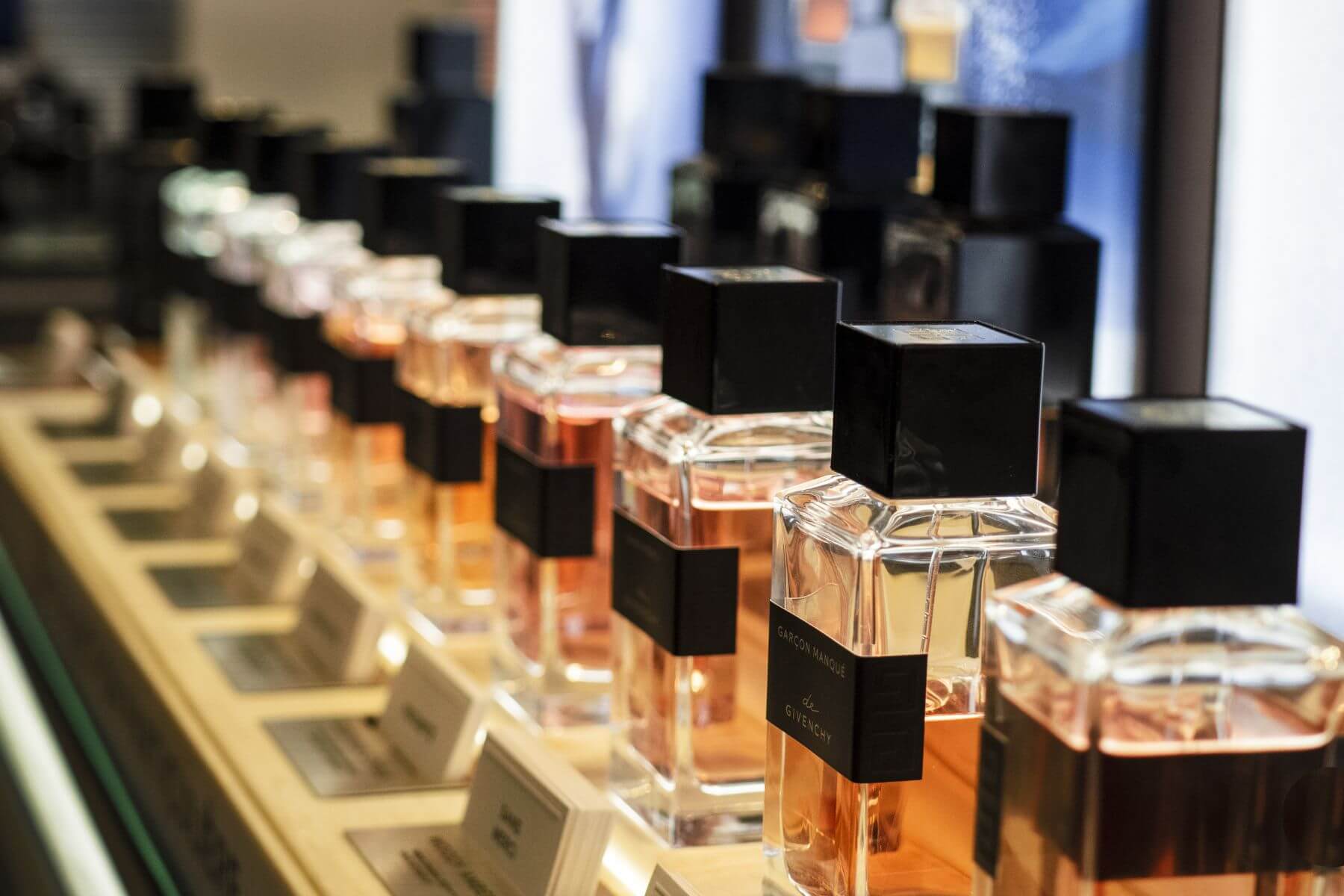From Chanel to Byoma to REN Clean Skincare; beauty brands are embracing a circular economy, responding to the climate crisis – and the 64% of shoppers who say sustainability is very important when shopping for products. When refillable products first came along, they were largely the remit of niche, natural companies on a quest to promote sustainability. Now, consumers don’t need encouragement to shop green; the demand is high and eco-conscious is the standard.
But, for many brands, going circular doesn’t just require a new approach to marketing; it means transforming their whole supply chain and internal processes. Turning beauty into a sustainable industry isn’t a quick fix. So how are companies embracing a circular economy? These are the changes we’ve seen across the industry…
1. Greenwashing has become a problem
A circular economy is based on four key principles:
- Limit waste (use fewer materials in manufacturing).
- Reuse where possible (refillable products).
- Recycle (and make new products from used materials).
- Recover to turn waste into resources (e.g. coffee grounds into face scrub).
While many brands are now able to tick off one or two of these goals, few are covering all of the bases, leading to a conundrum for consumers. 79% of beauty shoppers have doubts about sustainability claims, owed to an increase in ‘greenwashing’ and a dearth of transparency. Brands wanting to address scepticism need to back up their claims with an honest look at their environmental impact. It’s not enough to say you’re eco-conscious; you need to truly be eco-conscious to secure trust. Brands doing this especially well are those with B Corp status, including Sunday Riley, Lush, Davines and Aesop.
2. Refillable products are now rife
The Body Shop first introduced refillable beauty products in the nineties, but the in-store initiative didn’t last. A lack of customer interest led to their refills being scrapped. Flash forward to 2021 and their refill stations reappeared, this time to an avid audience and in a competitive landscape which includes Faith in Nature, L'Occitane and even Chanel.
Of course, refills aren’t a catch-all solution. Many of your shampoo or body wash top-ups come in pouches that may not be as plastic-heavy as new bottles, but are still plastic. However, in-store refill stations – such as those seen not just in The Body Shop, but also in Boots for MUGLER fragrances and Beauty Kitchen – are encouraging shoppers to only ever use one bottle for their favourite toiletries. From decadent glass flacons to pump-top metal containers, brands are working hard to design bottles that shoppers can (and will want to) hold onto for years to come.
3. Zero-waste products are the goal
REN Clean Skincare made a zero-waste pledge in 2018, and completed it in 2021 through their famously focused commitment to a circular economy. So, how did they do it? They overhauled their packaging processes by making their products 100% recyclable, while launching new products made using materials that were destined for landfill or found in the ocean. REN also debuted world-first initiatives, such as their Infinity Recycling program (which has repurposed 16 tons of plastic) and their pioneering recycled and recyclable aluminium sample tubes (which saved a potential 900 kg of plastic in 2021). Now, other big beauty brands are following suit with their own zero-waste pledges, including Caudalie, Herbivore and Youth To The People.
4. Plastic is the least fantastic
Kicking plastic to the curb is key in a circular economy, as it’s one of the most prominent and damaging materials used in the beauty industry. There has been promising progress with a new product from Notpla; a plastic-like material made from seaweed and plants, co-created by a former L’Oreal packaging engineer. Not only does it offer the sturdiness of traditional plastic films and coatings, but it also disappears naturally. No waste. No harm; perfect for the next wave of beauty products.
Meanwhile, power players are looking to ditch plastics in other ways, with Garnier and Alberto Balsam launching plastic-free shampoo bars as alternatives to their bottled formulas. These solid cleansers have been around for some time, but it’s only recently they’ve emerged on supermarket shelves, housed in recyclable cardboard for a more sustainable hair routine.
5. Sustainable ingredients are key too
It’s not just packaging materials that are due for a rethink in the beauty industry. The ingredients inside those bottles, tubes and jars can make way for a circular economy too. This was evidenced by luxury perfume brand Etat Libre d’Orange, who released I AM TRASH in 2019; a perfume made from the waste left behind when creating other fragrances. The sweet-smelling floral proves that materials don’t need to be extracted first-hand to be alluring. Givaudan’s renowned nose Daniela Andrier designed the scent with byproducts of existing perfumes, such as already-distilled roses.
But the circular approach didn’t end there. All advertising followed suit, with print materials made from upcycled, old posters Etat Libre d’Orange had previously created. It’s this kind of creative and innovative thinking that will pave the way for beauty’s more sustainable future. It’s no longer about keeping up; the brands who think ahead will be changing the industry as we know it.
Up next: 5 PR and marketing trends beauty brands need to know in 2023.


